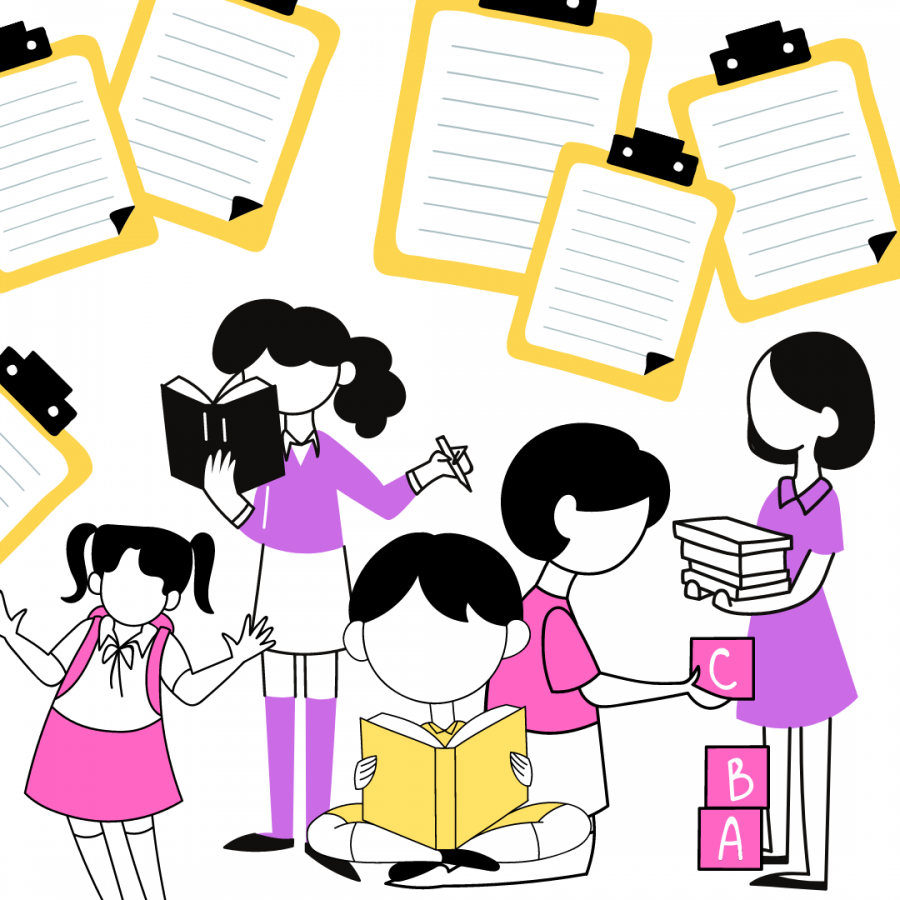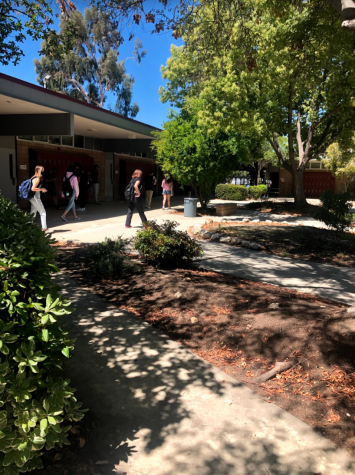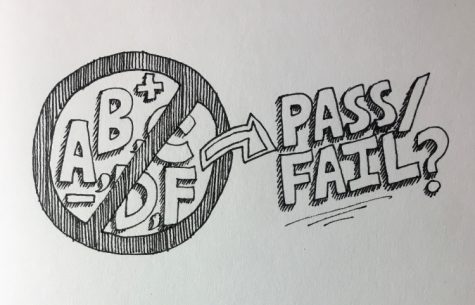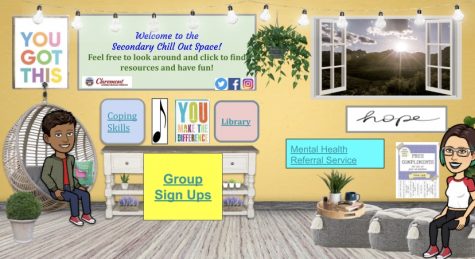The vaccination plan for teens and kids
On Friday, March 13th, 2020, Claremont Unified School District (CUSD) and thousands of schools across the country were shut down in hopes of slowing the spread of COVID-19. The initial plan was to shut down schools for two weeks (creating an extended spring break), encourage everyone to stay home during that time period, and then reopen as normal. Three hundred and seventy-four days later, the country remains on lockdown. As long-lasting as quarantine has been, it seems that the end is finally in sight. There are currently three approved COVID-19 vaccines: the Johnson & Johnson one-dose shot, the Pfizer two-shot vaccine, and the Moderna two-shot vaccine. Vaccine appointments in California have become available for people 65 and older, educators, food workers, and people with preexisting conditions. While the rest of the population is patiently waiting to make their appointments, a lot of teenagers are facing uncertainty about when their turn will come.
Out of the approved vaccines, the Moderna and the Johnson & Johnson shots have been authorized for people 18 and up, and the Pfizer has been authorized for people 16 years or older. Since the vaccines have not been approved for most teenagers and all children, medical officials are working as fast as possible to make sure these vaccines will be safe for younger age groups, as the shots will be required for students to return to in-person school without masks and distancing precautions.
Clinical trials on children and teens are the next step to ensuring the vaccine is safe for everyone. Trials for the Moderna vaccine have started with teenagers between the ages of 12 and 17, and there is hope that the trial will expand to children under the age of 12 within the next month or so. The Pfizer vaccine trials have finished enrolling kids, all between the ages of 12 and 15. When teens and younger children will be able to be vaccinated all depends on the results of the trials. One thing yet to be determined is the dosage amount for children under the age of 12. Most standard medications, like Advil or Tylenol, have different dosage amounts for kids 12 and up than for younger children. Like other medications, the vaccines will most likely not be the same for young children as for adults, which is why they have not yet been authorized for these ages.
Despite young children being the last in line to be vaccinated, CUSD has announced that after being given the ok by the county, all Claremont elementary schools will be going back to in-person schooling in April. To start off, students are likely to meet only two days a week in person for a couple of hours. Although COVID-19 has not had the same effect on children as it has on most adults, the virus is still a very dangerous disease that no one wants to be exposed to. Because of this, many are uncomfortable with the idea of these students going back, but many also believe it is necessary for the kids’ wellbeing.
“I couldn’t imagine being an elementary schooler stuck at home looking at a computer or iPad all day,” CHS freshman Ariel Tsai said. “I know if I was in elementary school during this pandemic I would probably go nuts because in my elementary school days I was running around on the playground.”
Freshman Abby Sanchez seems to agree. She expressed what her priorities would be.
“As for the elementary schools, they need to go back more than us,” Sanchez said.
This is a popular standpoint on the issue, and many share the same sentiment and concern for primary schoolers. Studies show that except for those with preexisting conditions, young teens and especially children in the elementary grades are far less likely to be endangered by the virus than their parents. For this very reason, one of the hazards that comes with reopening schools is the possibility for students to pass the virus on to their parents.
“Both my brother, and my mom especially, are at a higher risk, so once they get vaccinated … I know that they will be safe,” Sanchez said. “My biggest priority is to make sure my family is safe.”
There is additional uncertainty about how long-lasting clinical trials could affect even high school students’ return to in-person schooling. This is because most upperclassmen are old enough to receive the vaccine, whereas all freshman and some sophomores will not be for quite some time. Although there is talk of getting all high school students immunized by late spring and early summer, for the elementary school kids it could be months after that. Dr. Fauci has said that trials for young children will most likely not be “firmed down” until the start of 2022. It is currently unknown whether or not herd immunity can be reached without the inoculation of kids.
Although there is still uncertainty of when the vaccines will be approved for young kids, and the timeline is still unfolding, the rest of the country is moving faster than before. Herd immunity is on the horizon and soon students everywhere will be back to running on the playground.
Hello there! Our goal is to provide relavent, engaging journalism for readers of all ages. Your donation will support the student journalists of the Wolfpacket at Claremont High School, and will allow us to purchase equipment, print our monthly issues, and enter in journalism competitions. We appreciate your consideration!
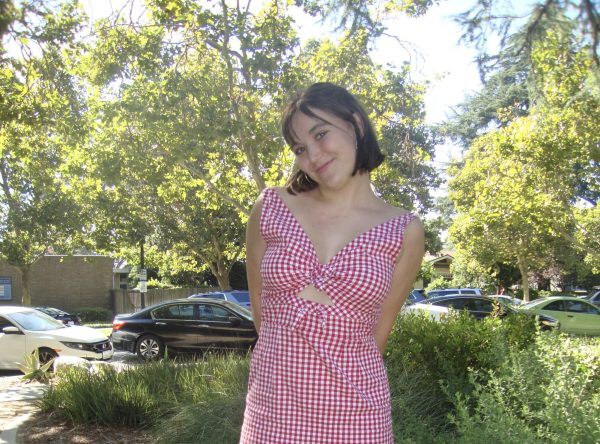
Izzy Thomas is a senior at CHS and one of the three Editors-in-Chief for The Wolfpacket. Her hobbies include taking photos, cooking, playing guitar, and...
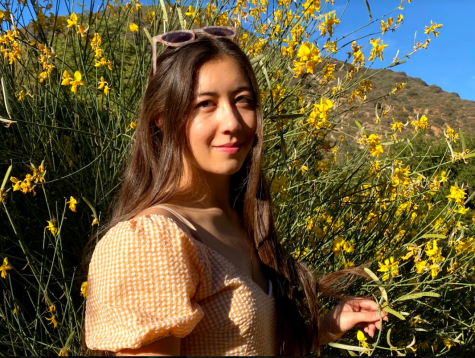
Sequoia Clark is a senior at CHS, and the head Editor-In-Chief for the Wolfpacket. She enjoys writing unnecessarily long articles about Taylor Swift, and...




